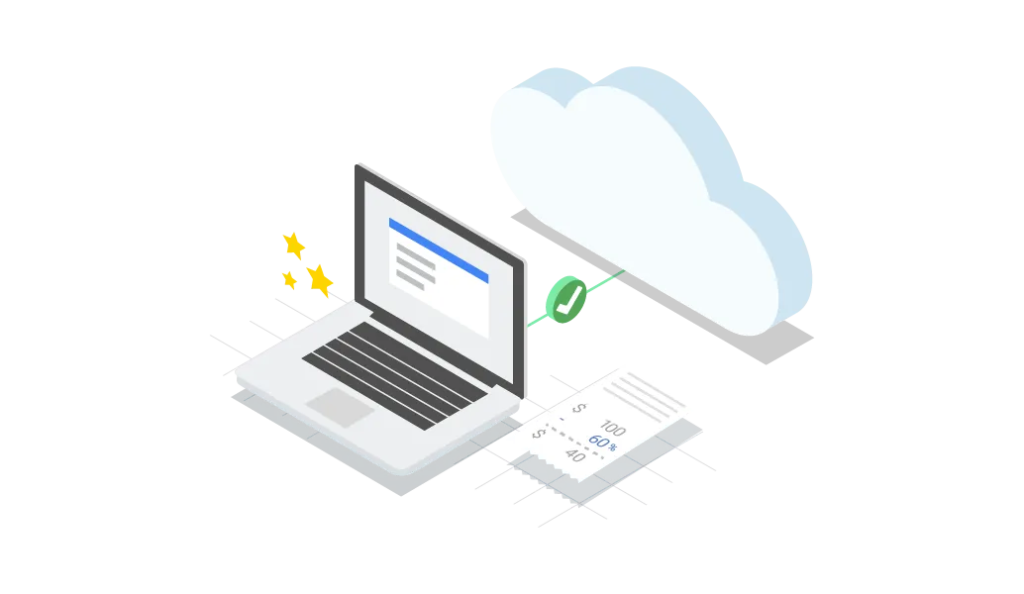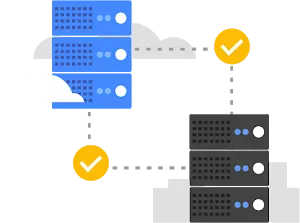Business Continuity
IT disaster recovery is a portfolio of policies, tools, and processes used to recover or continue operations of critical IT infrastructure, software, and systems after a natural or human-made disaster.
Disaster Recovery Overview
Service-interrupting events can happen at any time. Your network could have an outage, your latest application push might introduce a critical bug, or you might someday have to contend with a natural disaster. When things go awry, it’s important to have a robust, targeted, and well-tested DR plan.
Check out the recipe for planning ahead with Disaster Recovery on Google Cloud Platform.
Business Continuity Plan Matters
Disasters happen. Whether due to extreme weather or to a worker cutting a critical cable, businesses must be prepared for anything that disrupts operations. The recovery point objective (RPO) is a critical metric.
But resuming normal activities following a disaster is complex. Having a disaster recovery plan is essential. And when cost, time to recovery, and scalability are taken into consideration, the cloud is regarded as the best environment because it offers disaster recovery as a service (DRaaS).
The first and foremost aspect of a disaster recovery plan is cloud. The cloud is considered the best solution for both business continuity and disaster recovery. The cloud eliminates the need to run a separate disaster recovery data center (or recovery site).
What is disaster recovery used for?
Disaster recovery strategies help protect business operations in a number of important ways.
Ensure business resilience
No matter what happens, a good DR plan can ensure that the business can return to full operations rapidly, without losing data or transactions.
Maintain competitiveness
When a business goes offline, customers are rarely loyal. They turn to competitors to get the goods or services they require. A DR plan prevents this.
Avoid regulatory risks
Many industries have regulations dictating where data can be stored and how it must be protected. Heavy fines result if these mandates are not met.
Avoid data loss
The longer a business’s systems are down, the greater the risk that data will be lost. A robust DR plan minimizes this risk.
Keep customers happy
Meeting customer service level agreements (SLAs) is always a priority. A well-executed DR plan can help businesses achieve SLAs despite challenges.
Maintain reputation
A business that has trouble resuming operations after an outage can suffer brand damage. For that reason, a solid DR plan is critical.
Cloud Storage for data archiving
Highly available, affordable solutions for backup, archival and disaster recovery.
Redefining cold storage
Nearline, Coldline, and Archive offer ultra low-cost, highly-durable, highly available archival storage. For data accessed less than once a year, Archive is a cost-effective storage option for long-term preservation of data. Coldline is also ideal for cold storage—data your business expects to touch less than once a quarter. For warmer storage, choose Nearline: data you expect to access less than once a month, but possibly multiple times throughout the year.


Simple and unified across your data life cycle
With a focus on simplicity, Cloud Storage offers a unified product across the entire range of storage classes, featuring consistent access APIs. Object Lifecycle Management feature allows your data to transition seamlessly from one storage class to the next, depending on your business’s cost and availability needs at the time. Data movement is seamless and automatic based on criteria you control—all without having to perform any data migration.
Related products and services
Google offers many products that can be used as building blocks when creating a secure and reliable DR plan, including Cloud DNS, Cloud Storage, and Compute Engine.
Cloud DNS
Reliable, resilient, low-latency DNS serving from Google's worldwide network.
Cloud Storage
Globally unified, scalable, highly durable object storage for developers and enterprises.
Compute Engine
Computing infrastructure in predefined or custom machine sizes to accelerate your cloud transformation.
Cloud Load Balancing
High performance, scalable load balancing on Google Cloud.
Cloud Deployment Manager
Create and manage cloud resources with simple templates.
